Vectorworks releases 2024 Product Line
Vectorworks, Inc. Releases New 2024 Product Line
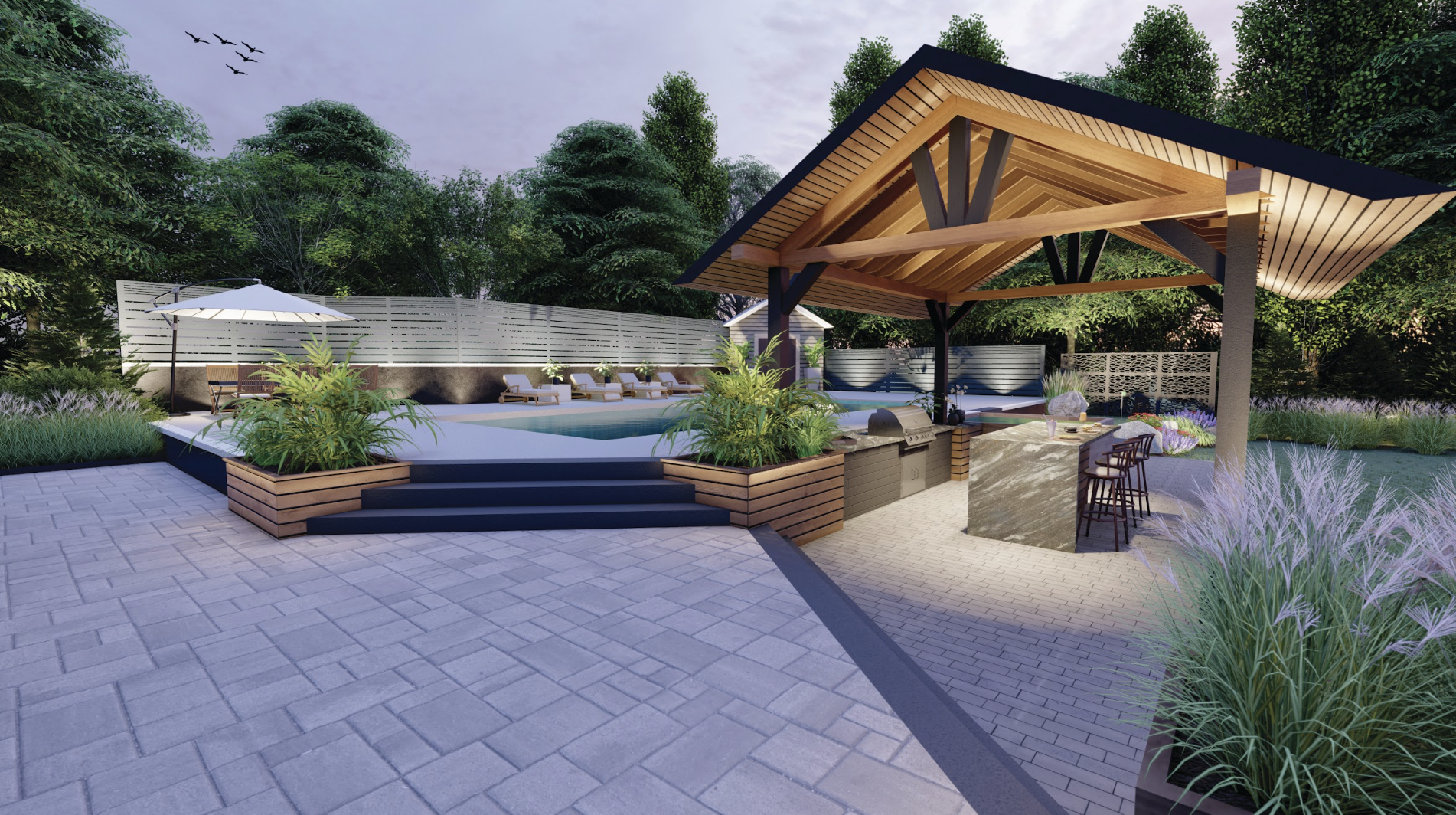
Recent technology innovations in landscape design have pushed the industry to a new level, helping designers meet their clients’ needs and elevating their project designs.
However, some landscape architects and designers may feel these advances aren’t achievable or applicable to their workflows— but they shouldn’t be afraid to elevate their designs and improve their processes.
If you’re looking to incorporate some of the industry’s latest innovations into your process, but aren’t sure where to start, here are some key areas of current technology progress to explore.
Presentation Technology
Today’s clients want advanced presentations that make them feel like they are in their future space.Though some landscape designers are ready for the virtual reality (VR) challenge, others may feel a bit more hesitant to enter a realm of animated walkthroughs, enhanced 3D visualizations and other animations, and should therefore look for solutions that have many functionalities.
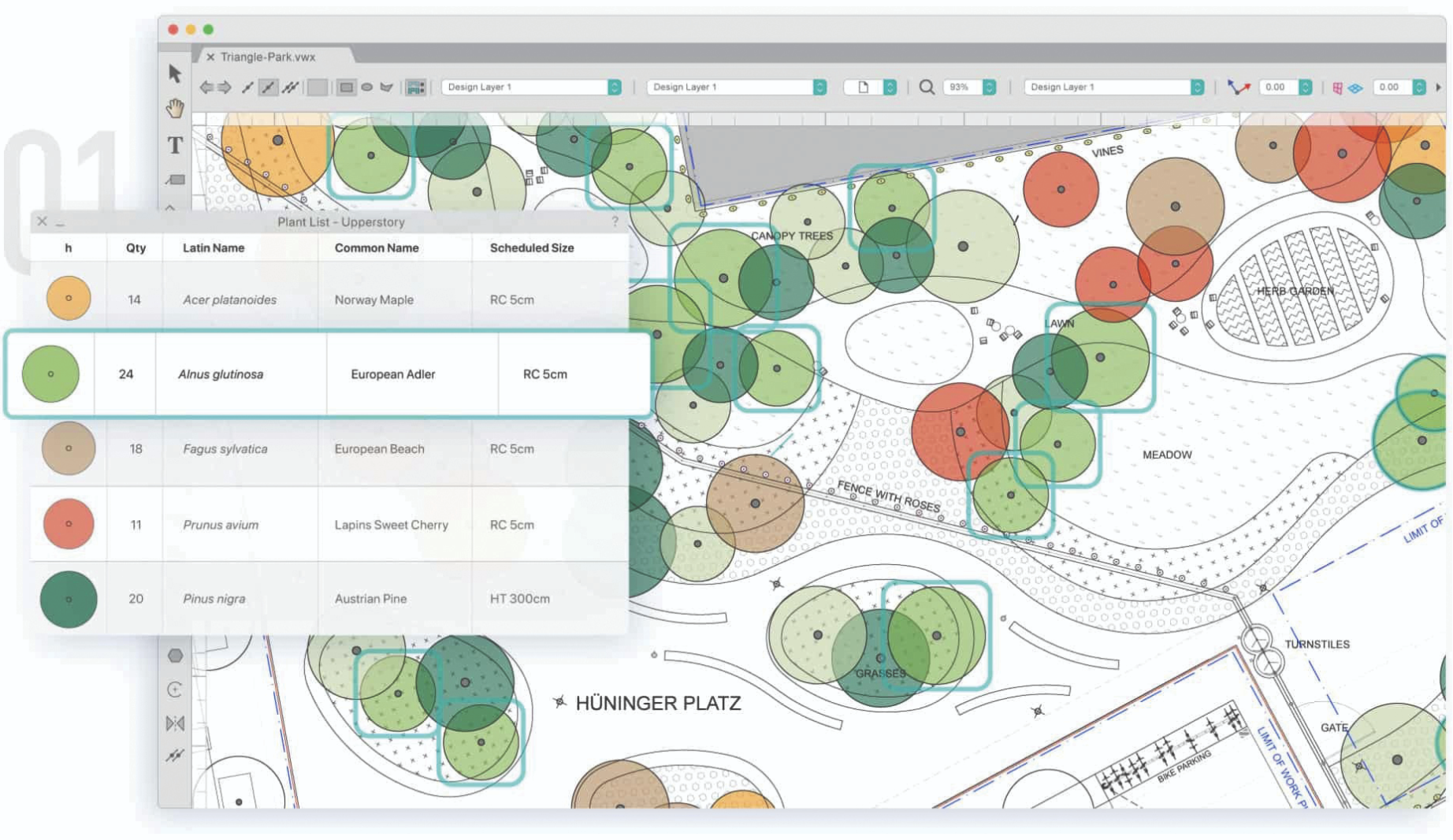
Extract from BIM Models
GIS and Mapping
Geographic information system (GIS) is a spatial system that creates, manages, analyzes and maps all types of natural and built systems and visualizes previously “unseen” data.
Some design and build professionals know that GIS data exists and utilize it, but this wasn’t always true.
Access to imagery and other helpful line-work items such as topography, soil maps, utility location and easements can be just a click away in your own design solution or the one you may be considering, so don’t be afraid to investigate.
BIM
Building information modeling (BIM) has become commonplace in the AEC and landscape industries, changing the game for designers.
BIM allows landscape architects to take ownership of their designs and feel empowered to make decisions.
Instead of looking at BIM as a specific BIM workflows also allow design partners to collaborate with others, such as architects and civil engineers, with many import/export capabilities available with support for open BIM and IFC.
Your process as a landscape designer can be made easier since files from others can be used as a background on which you can add your own design, instead of redrawing everything from scratch.
You’ll have better interactions with a BIM solution or any solution that works well with smart objects in 2D and 3D that report to worksheets.
Data visualization is also a beneficial part of a BIM solution because it helps you visualize your client’s needs better.
For example, if your project needs to account for local water regulations, you can get a visual representation of which plants in your plan need more water versus others.
A fundamental benefit of BIM is that documentation comes directly from the model.
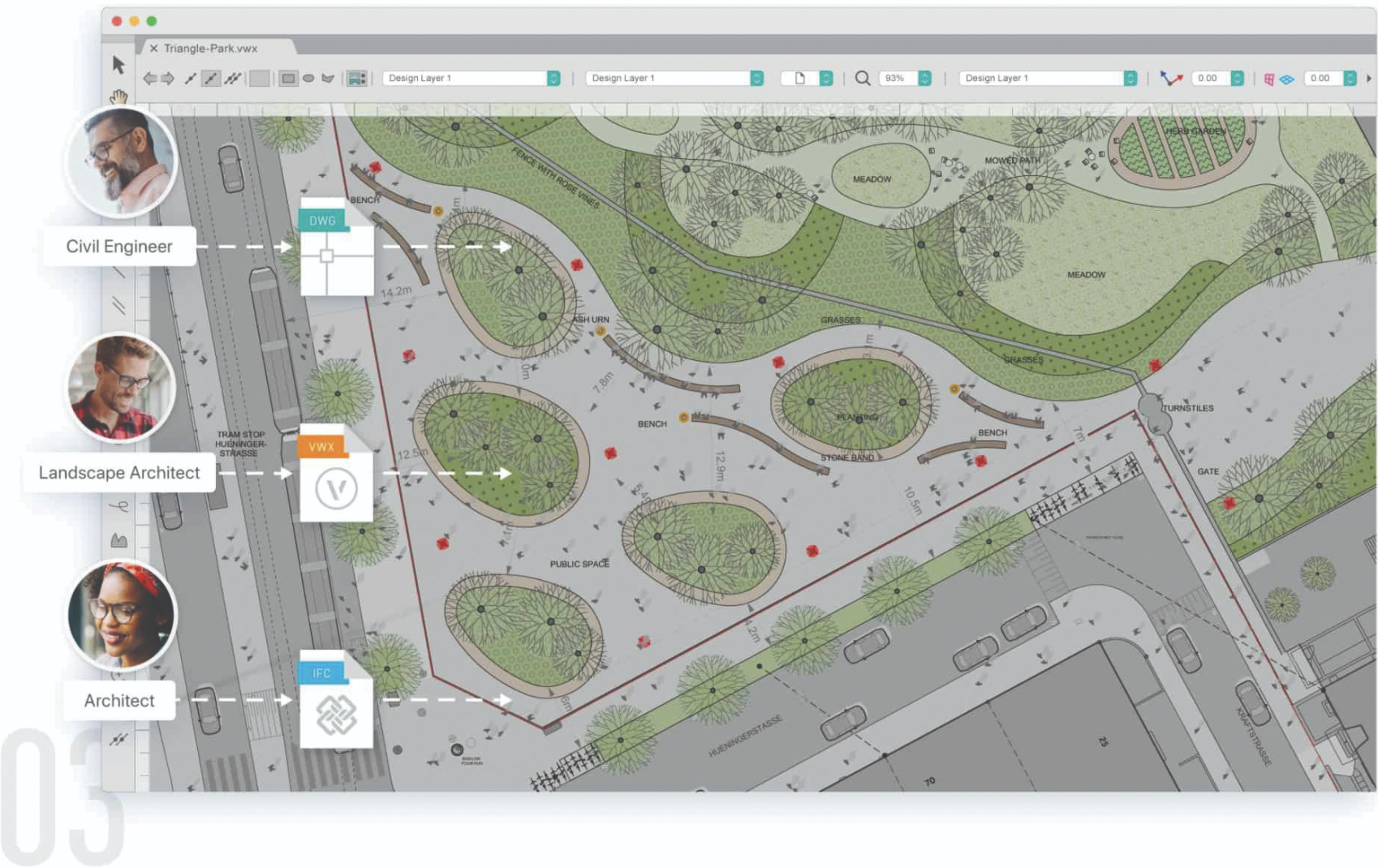 BIM Collaboration
BIM Collaboration
Schedules, reports and worksheets are all linked to the geometry so that when you make a change in the model, it reflects in the documentation as well.
As in any project, it's imperative to consider the views, insights and opinions from all involved parties—from your own design team to external contractors and consultants—and to have a system in place to handle all this information, while simultaneously incorporating jurisdictional regulations and environmental context.
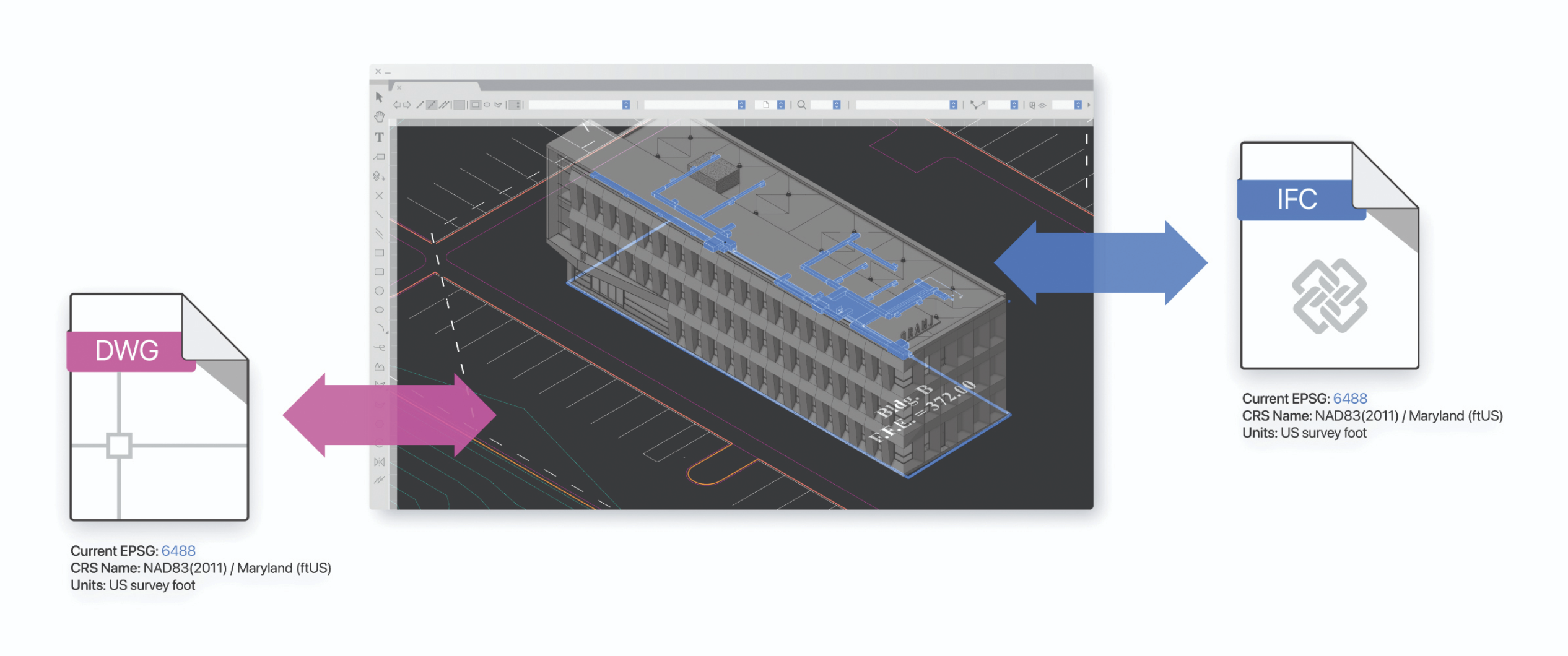 GIS and BIM Collaboration
GIS and BIM Collaboration
Level Up
Mastering the industry’s newest innovations and tools can be overwhelming, but designers should always look to enhance their skills through technical training.
There are plenty of online training options, including many free resources, that provide a great starting point for designers looking to try out and perfect a new-to-them solution Remember, you don’t know what you don’t know—asking questions and connecting with other designers opens your eyes to new tools, workflows and efficiencies.
Lastly, don’t be afraid to connect with a training team to do one-on-one trainings for the specific needs you have. Asking those questions and learning new skills helps you stand out in multiple ways in the industry.
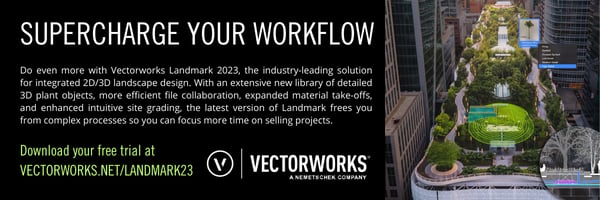 Free Trial: Vectorworks.net/landmark23
Free Trial: Vectorworks.net/landmark23
Eric Gilbey is the product marketing manager at Vectorworks Inc. He received an AAS degree in Landscape Contracting and Construction and a BS degree in Landscape Architecture from Ohio State University. His experience as a practicing landscape architect allows him to help develop industry “best practices."
Phone: (888) 646 – 4223
www.vectorworks.net
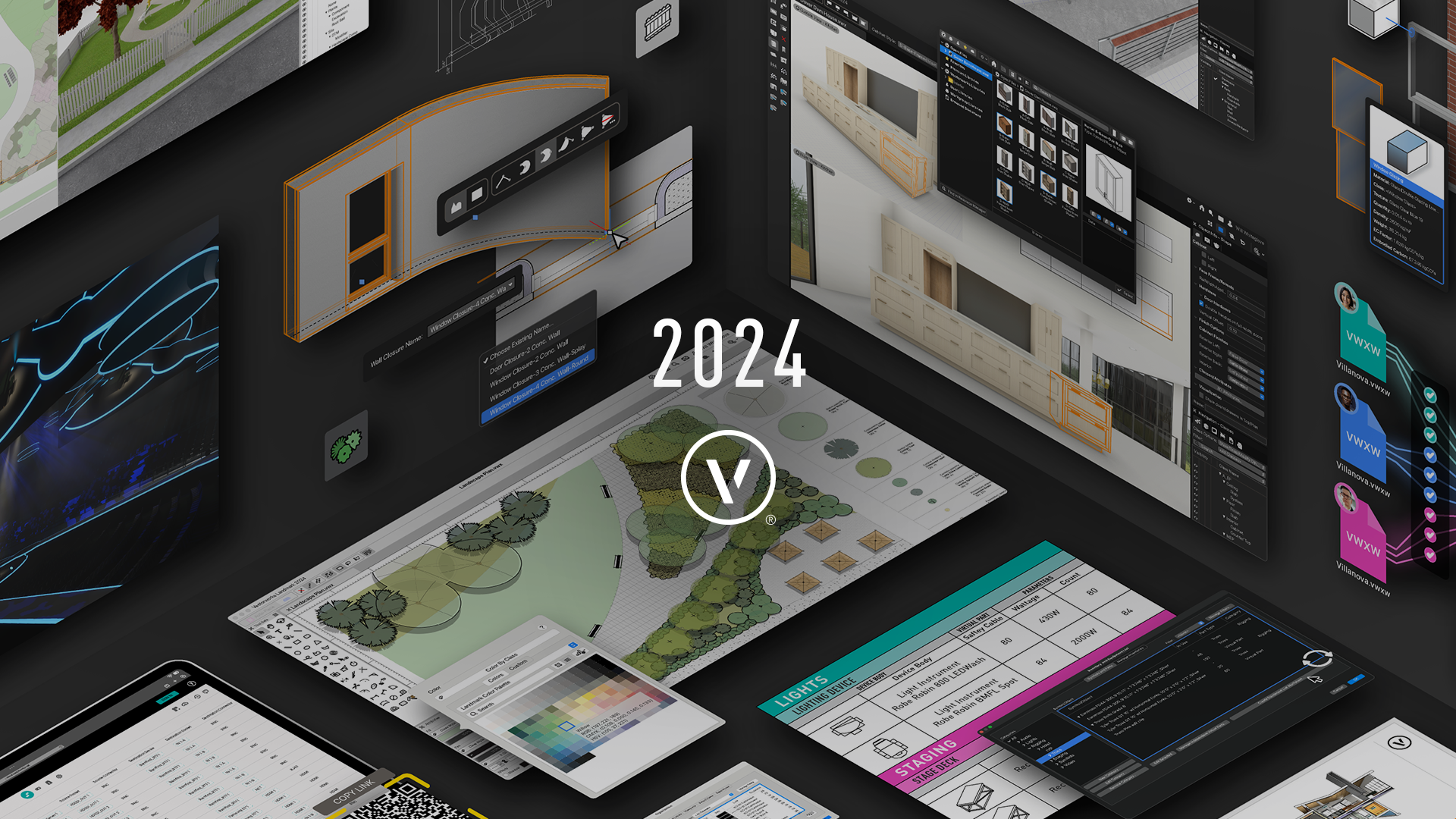
Vectorworks, Inc. Releases New 2024 Product Line

Columbia, MD (August 21, 2024)—Green Industry Pros, a prominent publication serving landscape professionals nationwide, has selected global design...
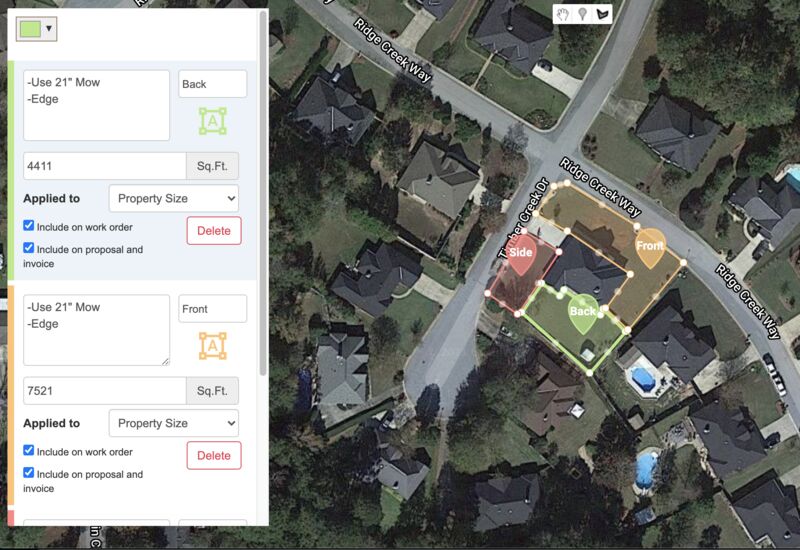
Technology is in every industry – and newer technology keeps influencing them, including those that traditionally relied on manual labor and hands-on...